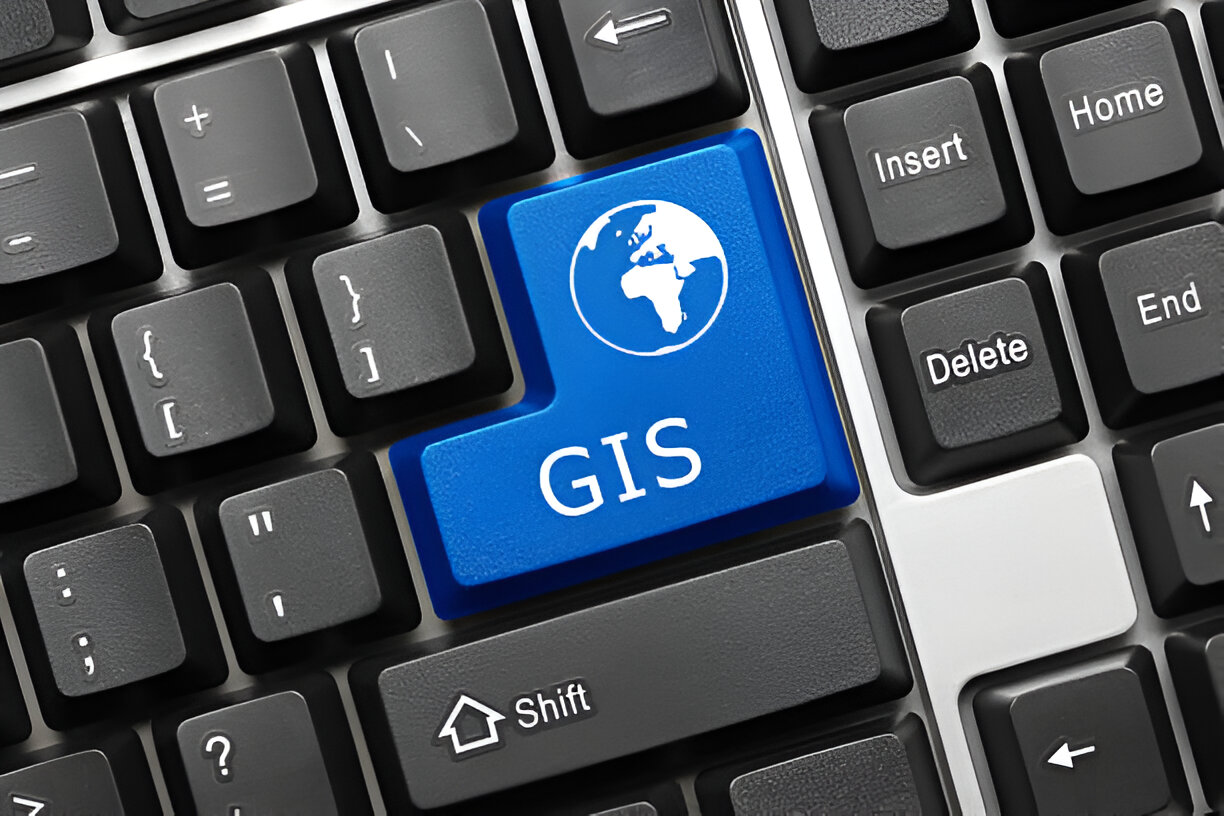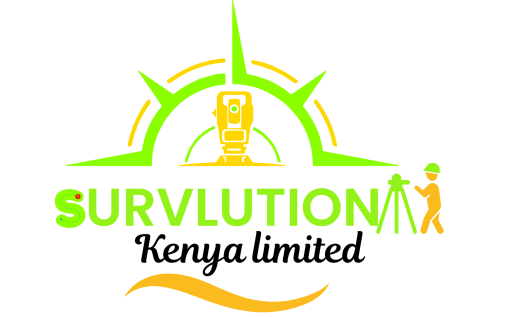
Geographic Information Systems (GIS) are evolving rapidly, reshaping how we collect, analyze, and use spatial data. From land surveying to urban planning and environmental monitoring, new GIS trends are enabling professionals to make smarter, faster, and more accurate decisions. Here’s a look at the most significant emerging GIS trends impacting the industry in 2025 and beyond.
1. Integration of AI and Machine Learning
Artificial intelligence (AI) is transforming how GIS data is processed and interpreted. Machine learning algorithms now detect patterns, classify land use, and even predict changes in terrain or vegetation. This automation reduces human error and allows for quicker, more consistent results in large-scale mapping and analysis projects.
Use Case: Automatically identifying land encroachments or flood-prone zones using satellite imagery.
2. Drone-Powered Data Collection
Unmanned Aerial Vehicles (UAVs), or drones, have become essential tools in modern surveying. Equipped with high-resolution cameras and LiDAR sensors, drones can capture detailed terrain data in a fraction of the time traditional methods require. This data is then integrated into GIS platforms for accurate 3D mapping and surface modeling.
Benefit: Increased speed, cost-efficiency, and access to hard-to-reach areas.
3. Cloud-Based GIS Solutions
Cloud technology is making GIS more collaborative and scalable. Survey teams can upload, access, and share data in real time, from any location. This trend supports remote project management, faster decision-making, and more efficient workflows.
Popular Platforms: ArcGIS Online, QGIS Cloud, Google Earth Engine
4. Real-Time Spatial Data
Real-time GIS is gaining traction across sectors that require dynamic updates—such as infrastructure development, environmental monitoring, and disaster response. With the integration of sensors, GPS, and IoT devices, spatial data can now be visualized and analyzed as it’s collected.
Example: Tracking construction progress or monitoring deforestation as it occurs.
5. Mobile GIS Applications
Fieldwork is becoming more streamlined thanks to mobile GIS apps. Surveyors and planners can now collect, edit, and sync geospatial data directly from their mobile devices. These tools reduce the need for paperwork, lower the risk of data loss, and ensure that teams stay connected—even in remote locations.
Tools to Watch: ESRI Collector, Survey123, Mappt, Field Maps
6. Enhanced 3D Mapping and Visualization
Advanced 3D GIS tools now allow users to model terrain, infrastructure, and urban landscapes with incredible detail. This is particularly useful for construction planning, utility mapping, and land development approvals, where spatial accuracy and clear visualization are critical.
Conclusion
GIS technology is moving beyond traditional mapping to become a powerful tool for insight, prediction, and automation. These emerging trends are not just shaping the future of land surveying—they’re influencing how industries manage space, resources, and development. Staying ahead of these innovations ensures better service delivery, informed planning, and smarter decision-making.

